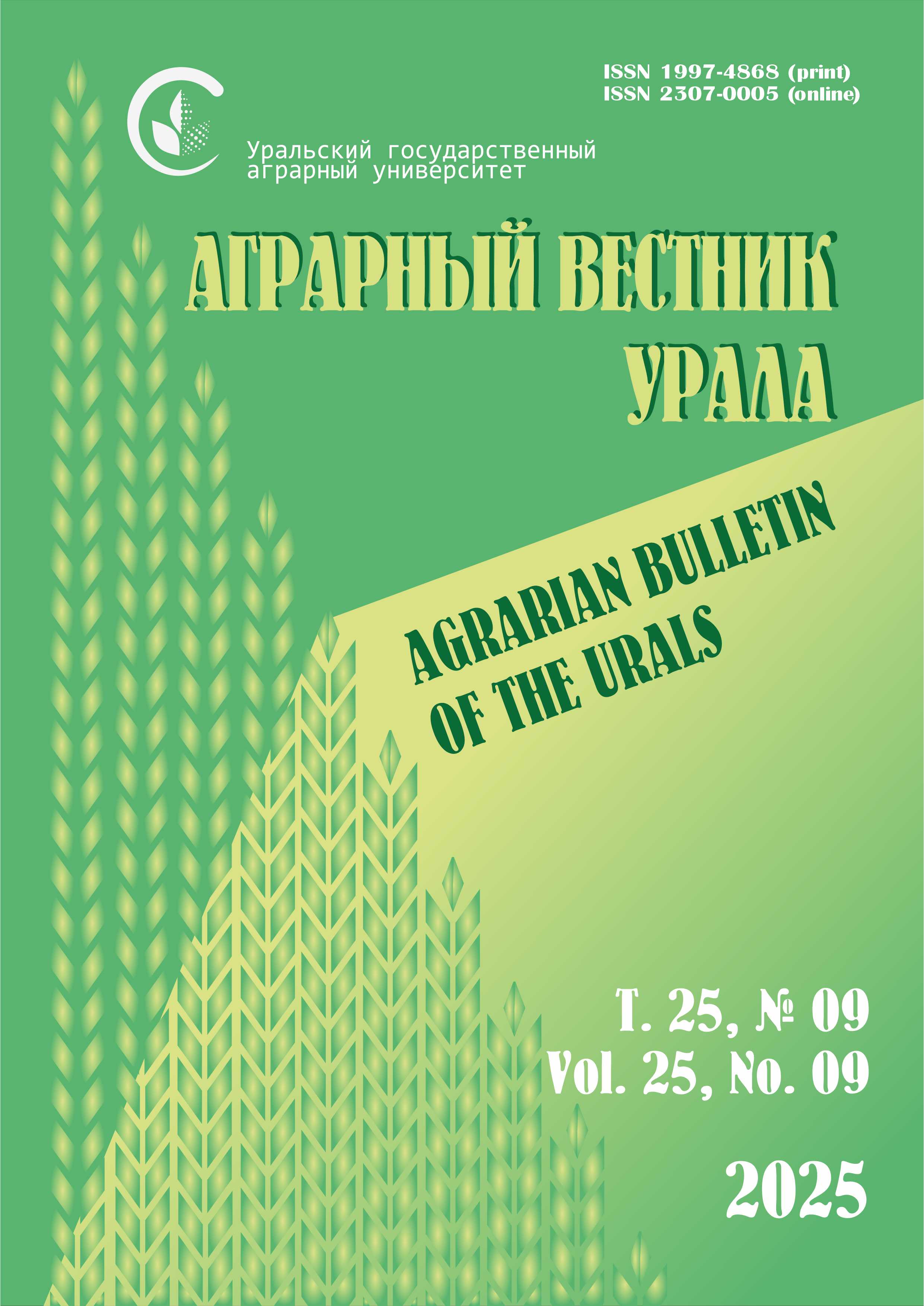Authors:
N. V. Konik,
E. R. Gosteva,
I. R. Tletseruk,
O. A. Krasnova,
Z. V. Pskhatsieva
Saratov State University of Genetics, Biotechnology and Engineering named after N. I. Vavilov, Saratov, Russia
Federal Center of Agriculture Research of the South-East Region, Saratov, Russia
Maykop State Technological University, Maykop, Russia
Udmurt State Agricultural University, Izhevsk, Russia
Dagestan State Agricultural University named after M. M. Dzhambulatov, Makhachkala, Russia
E-mail: This email address is being protected from spambots. You need JavaScript enabled to view it.
Abstract. The purpose of the research was to assess the effectiveness of the production use of small breeds of cattle bred in the country's gene pool farms. Methods. The purpose set in the study was achieved through the use of methods of analysis and generalization using special scientific literature on the problem being analyzed, a yearbook on breeding work in dairy cattle breeding on farms of the Russian Federation, and periodicals. Object of study: cattle breeds of gene pool farms in Russia (Bestuzhev, Mountain cattle of Dagestan, Istoben, Caucasian brown, red steppe, Tagil, Yakut cattle, Pechora type of Kholmogory breed). Results. Among all the breeds bred in gene pool farms, the latest ripening ones, which took the longest to reach the age of first calving, were Yakut cattle, as well as individuals of the Istoben and Red Steppe breeds, in which it varied within 33.4–35.3 months. It should be noted as a positive pattern that the animals of the Tagil breed achieved the analyzed indicator early, which was 26 months. The optimal duration of the period from calving to fertile insemination was distinguished by cows from the gene pool farms of the Republic of Dagestan – Mountain cattle of Dagestan and Caucasian brown – 71 and 74 days, respectively, as well as the breeding stock of the Bestuzhev breed – 86 days. The longest duration of the service period was recorded in the herds of gene pool farms of the Istoben breed and the Pechora type of the Kholmogory breed. The early age of retirement of Yakut cattle raises concerns, which, along with the small number of cows in this breed, will reduce not only the reproduction of the herd, but will also lead to the complete disappearance of this population. The lowest yield of calves per 100 cows is characterized by animals of the Pechora type of the Kholmogory breed – 63,1; for all other breeds it varies between 80–91 calves. Scientific novelty. For the first time, monitoring of the numbers and current state of industrial use of small breeds of dairy cattle in gene pool farms in Russia was carried out.
Keywords: breed, gene pool, numbers, productivity, reproductive ability
For citation: Konik N. V., Gosteva E. R., Tletseruk I. R., Krasnova O. A., Pskhatsieva Z. V. The state of cattle breed resources in Russian gene pool farms. Agrarian Bulletin of the Urals. 2024; 24 (09): 1193‒1202. https://doi. org/10.32417/1997-4868-2024-24-09-1192-1202. (In Russ.)
Download the full text of the article












